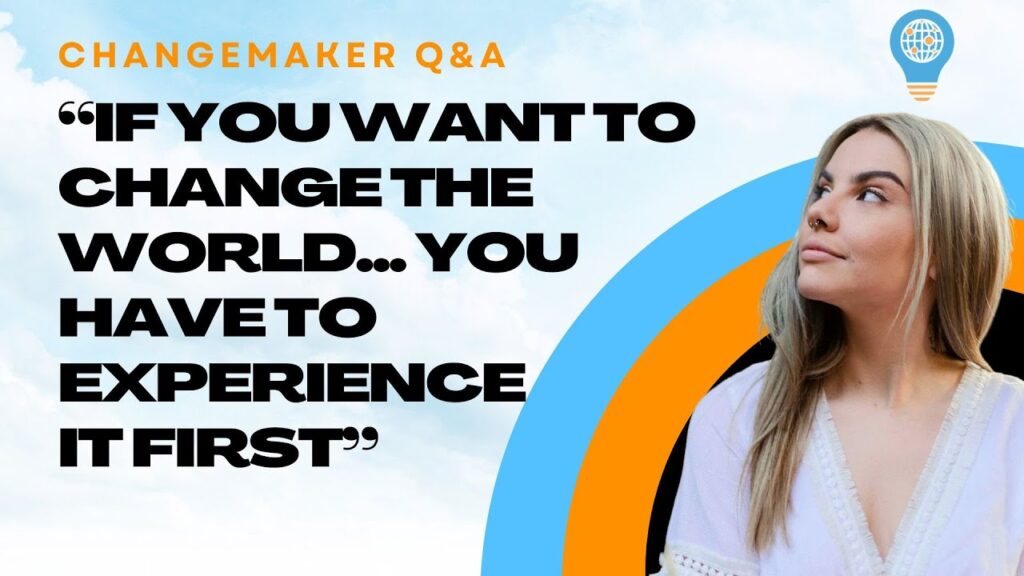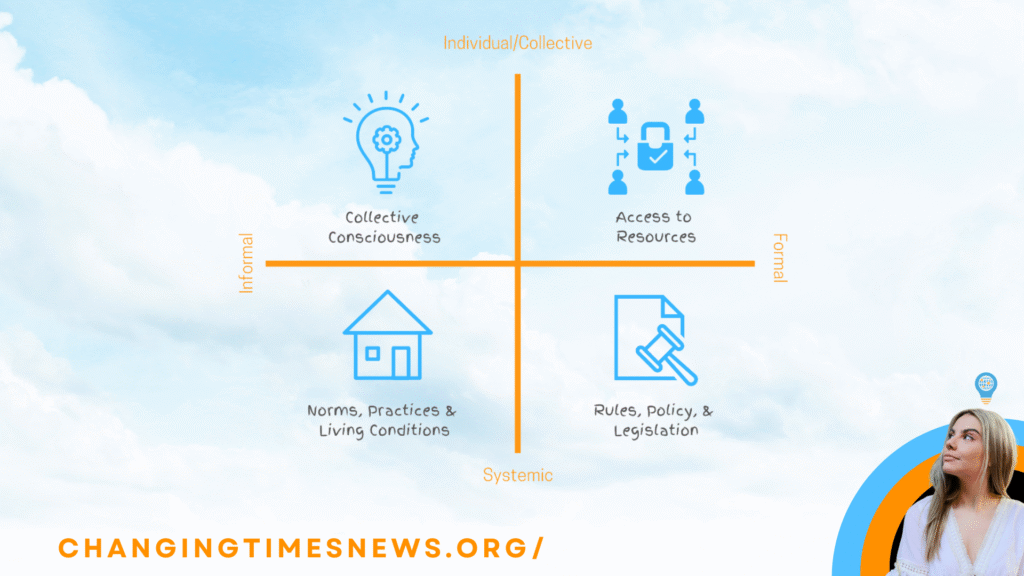Protests are among the most visible expressions of activism. Whether it’s thousands gathering in city streets or smaller groups holding vigils outside government buildings, collective action is often the first image that comes to mind when we think about social change. But do protests actually work?
That was the question posed by a listener to the latest episode of Changemaker Q&A, where Tiyana explored the role of protest in wider campaigning and whether these events truly lead to lasting impact.
The Bigger Picture: Campaign Strategies
One of the central themes is that protests rarely create change in isolation. Instead, they’re usually one tactic within a broader campaign strategy. Campaign strategies are carefully mapped-out plans that combine multiple approaches—such as petitions, lobbying, grassroots organizing, and media work—to build pressure on decision-makers.
Organizations like Amnesty International and Greenpeace are well-known for designing such strategies, where visible actions like marches or sit-ins are paired with behind-the-scenes advocacy. When protests are part of these larger plans, they’re more likely to contribute to measurable outcomes.
Four Roles Protests Can Play
In campaigning, protests tend to serve one (or more) of four key purposes:
- Movement building: expanding the base of supporters and fostering solidarity.
- Generating attention: drawing public and media focus to overlooked issues.
- Demonstrating support: showing the scale of commitment to decision-makers.
- Confronting power: applying direct pressure through disruption or civil disobedience.
A protest without a clear role or demand risks fizzling out. But when these purposes are intentional and linked to broader objectives, protests can help shift public opinion and political will.

Lessons from History
History offers powerful examples of successful protest movements. The U.S. civil rights movement, exemplified by the 1963 March on Washington, contributed to landmark legislation like the Civil Rights Act. Gandhi’s Salt March in 1930 became a defining moment in India’s struggle for independence. The fall of the Berlin Wall in 1989 was preceded by mass peaceful demonstrations that captured global attention.
More recently, Tunisia’s 2011 revolution—sparked by widespread protests—set off the wave of uprisings known as the Arab Spring. Though outcomes varied across the region, Tunisia’s protests helped oust an entrenched authoritarian leader and initiated a democratic transition.
On the other hand, movements like Occupy Wall Street struggled without clear demands or strategy, and authoritarian crackdowns—such as in Tiananmen Square in 1989 or Belarus in 2020—show the risks when regimes meet dissent with repression.

What Makes a Protest Effective?
Research backs up the idea that planning and strategy matter. A 2011 study by political scientists Erica Chenoweth and Maria Stephan, published in International Security, found that nonviolent movements were more than twice as likely to succeed as violent ones—largely because they can mobilize broader participation. But the study also emphasized that movements succeed when they sustain momentum and align diverse tactics, not when they rely on one-off demonstrations.
Beyond the Streets
The takeaway? Protests can make a difference, but usually not on their own. They are most powerful when they feed into a wider campaign with clear goals, smart strategy, and other complementary actions. For everyday participants, that means attending a march can be meaningful—but understanding who is organizing it and what demands are being made is just as important.
As Tiyana concluded in the podcast: the next time you join a protest, remember that what feels like just one moment in time may actually be a crucial piece of a much bigger puzzle for change.


